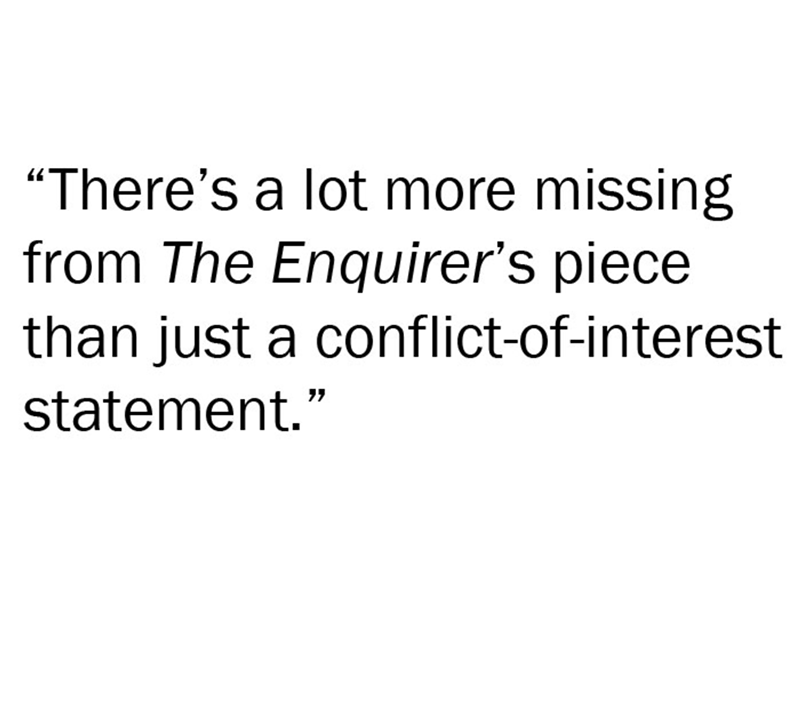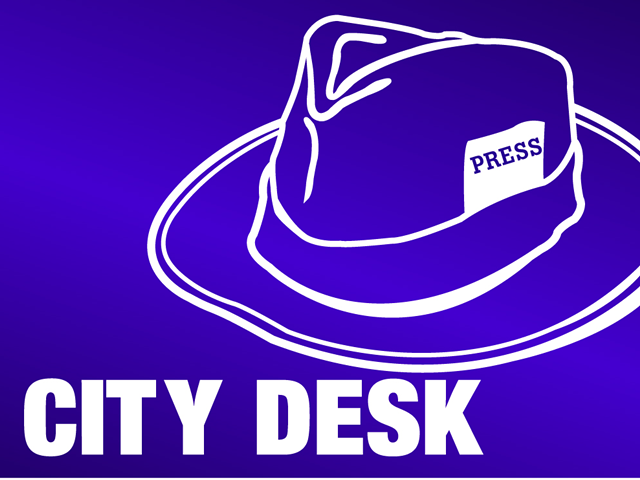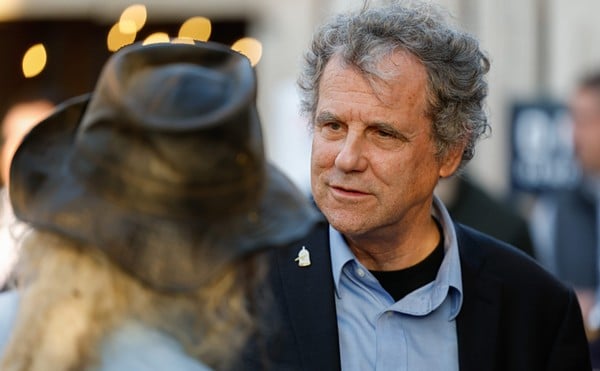In all of the remembrances of Nelson Mandela after his death, few stood out as clearly as AP’s interview with his former jailer, Christo Brand. I found it in London’s Guardian. It’s a testament to both men’s essential humanity. Brand, an Afrikaner, joined the Robben Island prison staff at 18. He must have known the reputation — terrorist or freedom fighter depending on one’s politics — of his prisoner. Here are excepts from the AP story:
“Eventually Brand grew to like Mandela and smuggled in special treats like bread and Mandela's favorite hair pomade. Brand even sneaked in Mandela's infant granddaughter so that the prisoner could hold her.
“For his part, Mandela encouraged Brand to continue his education and maintained an interest in him and his family.
“Years later, when Mandela was president, he took special care to single out Brand for recognition while Brand was a lowly civil servant while South Africa's new constitution was being drafted. Mandela flew in by helicopter and entered the room where members of parliament were debating the new constitution, said Brand.
“Mandela went around the room shaking hands with parliamentarians but when he saw Brand, who was distributing documents, Mandela lifted his arms and warmly greeted him.
“He immediately made a big announcement to everyone: 'You know who is this person? This person was my warden, this person was my friend.' Brand said he felt very humble and proud at that moment. After that when the parliamentarians went out for a group photo, Mandela insisted that Brand be in the photo. ‘He said 'No, no. You must stand next to me, we belong together.’”
• A recent Enquirer guest opinion by political activist and lawyer Don Mooney misidentified him as Dan Mooney. OK. Mistakes happen, even if the editor’s note under the misspelled byline name got it right. But who reads? A few days later, a Letter to the Editor again called him Dan Mooney. But hey! Who reads?
• Over the years, Enquirer’s Letters to the Editor ranged from demonstrably authoritative to conspiratorial whack jobs with their own skewed versions of facts and tiresome axes to grind. Often, there seemed to be no attempt to ascertain whether the assertions made sense or whether the Enquirer really said what the letter writers complained about. I know. I was accused more than once of writing something that readers must have received by moonlight at full moons.
That’s rare today. Boringly repetitive letters are rare. Instead, Enquirer editors group readers’ responses to individual Enquirer stories or editorials. Good. Variety remains when letters don’t respond to a single subject.
• WCPO’s growing online reporting and editing staff recently made national journalism websites with the station’s plan to erect a paywall next year. Some stories will be pay-only, much will remain free at
wcpo.com
. The Enquirer already has a pay wall, as do many if not most print news media with Internet sites. ( CityBeat , being free, has no pay wall atcitybeat.com
). WCPO says it’s the first paywall/premium service for any TV station’s digital content.WCPO.com
reporting is solid and, in some cases, it’ll give the Enquirer its only competition. That’s fair. The station is owned by E. W. Scripps, which owned the now-defunct Cincinnati Post , the Enquirer’s last print competition.
• Sometimes, news of a “death” is spread by persons who mistakenly believe it’s true. The risk grows if the subject already is hospitalized. That tripped up
wcpo.com
’s digital reporting and editing staff. Here’s how the station’s web site backed away from a premature death notice recently:
“
A WCPO media report that William Mallory, father of Mayor Mark Mallory and a longtime state representative, had died was erroneous.”wcpo.com
reporter “tweeted on Sunday that the 82-year-old former member of the Ohio House had died after seeing a report on the Ohio Legislative black Caucus Facebook page and Tweet from the caucus and confirming it with state Sen. Eric Kearney. That information proved erroneous. Rep. Mallory remains hospitalized. His family has declined to talk about his condition.”
• Maybe it’s my “operator error,” but when I open
wcpo.com
, I get a Nov. 14 story about the streetcar. If it were updated as noted, that wasn’t evident, and even the comments were old.
• Why didn’t the Enquirer name the “Hamilton County Appellate Court judge” who hit a pedestrian with his car? The story Wednesday said “the names of the drivers were not released” but the job title was. Lazy or, worse, some weird attempt to save the judge the misery of being linked to the pedestrian’s death. Late Wednesday,
WCPO.com
had the name: Judge Patrick Dinkelaker, but I couldn’t even find the story on the Enquirer ’s website.
• Gannett is broadening the reach of its national daily, USA TODAY, with an insert in the Enquirer and some other Gannett dailies. Here’s what the Enquirer said on Wednesday:
“
A USA TODAY section specially created for the local newspapers will be added to the print edition and e-Newspaper of 35 local Gannett daily publications, including The Enquirer .
The added USA TODAY section will include national News, Money and Life content seven days a week. USA TODAY Sports coverage will be integrated into local sports sections. Newspapers, including The Enquirer, will roll out these improvements throughout the first quarter of 2014.”
I’m wondering if that will replace already thin national and international news chosen for their readers by Enquirer editors? We don’t need further homogenization of our remaining dailies.
• A friend and former colleague plucked two doozies from the Internet. In a Wall Street Journal story about the Brazilian aircraft manufacturer, Embraer, the caption under the photo said “Embraer’s Super Tucano jets are used by several countries, including the Columbian Air Force, above.” But the photo seemed to show a WWII “Flying Tiger” P40 pursuit plane, complete with propeller and traditional shark’s teeth painted on the front. His other little gem about former Secretary of State Condolezza Rice is a classic double entendre from AP’s web feed: “Report: PSU tried to interest Rice in head job.”
• It’s hard to find more cowardly people than school administrators when student papers provoke criticism. Typically, administrators strike at the papers if not the students and censorship is the favored weapon. A recent victim is Wright State’s student paper, The Guardian. It was forced to pull paid-up ads from The First Freedom white supremacist group. Wright State administrators threatened to cut funds if students didn’t kill the ads.
Poynter.com
adds, “Student Press Law Center attorney advocate Adam Goldstein said Wright State’s financial support of The Guardian increases rather than alleviates their need to respect students’ First Amendment rights to publish as they see fit. If The Guardian decided to print the ad, it would constitute ‘retaliatory censorship’ if the university stripped the paper of its funding or equipment, which is unconstitutional,” he said.
Poynter says Guardian staff will apologize but the staff stands by its decision to accept the paid ad. Staff also are reportedly revising The Guardian’s advertising policy. When I checked, nothing on the paper’s website said it would reject white supremacist or other ads whose content was judged unsuitable by the university.
• My first trip to South Africa in 1965 followed closure of the Zambia Times and my decision to leave with a “golden handshake.” I put that behind me and hoped to see the country I’d read and heard so much about. I guess it was like reporters in the 1930s wanting to see Nazi Germany.
I crossed white-ruled Rhodesia into South Africa at Beit Bridge over the Limpopo River. South Africans sent me back across the border. I apparently was persona non grata for my role in editing the Zambia Times and my writing about white South African mercenaries in Zambia and neighboring Congo.
• In 2011, I returned to post-apartheid South Africa with my wife. We went through immigration without a hitch. Maybe you’ve read my CityBeat dispatches from Capetown, Johannesburg and Pretoria. During the month in South Africa, we went to Mandela’s home in Soweto, the black township outside Jo’burg, and a nearby apartheid museum. We’ve toured Robben Island near Capetown, where Mandela and other ANC defendants were imprisoned. There, a former inmate lectures on life there. Home, museum and former prison are pilgrimage sites.
• In a typical stroke of political genius, Mandela went on to the field at the 1995 world rugby championships, wearing the colors of the South African team and number 6 of team captain
François Pienaar
. (The film, Invictus , was based on that moment and Mandela’s urging the Springboks to make the “new South Africa” proud.) Mandela was a year into his presidency and five years from prison.
Tens of thousands of Afrikaners roared their approval to Mandela that day. South Africa’s national rugby team, the Springboks, defeated the New Zealand All Blacks (for their uniforms). Mandela presented the trophy to Pienaar. The crowd roared again.
• Rugby is the Afrikaner sport. It’s probably more of a religion than their Dutch Reformed Church, which gave sanction to apartheid until recently. Afrikaner hosts in Pretoria introduce us to the game when we watched their sons compete for places on their prep school teams. (Soccer is the black sport. Cricket is the Indian/English-speaking South African sport. Trust me.)
• In 2011, our Afrikaner driver told a story that captures what I’ll call the Mandela Effect. A huge soccer stadium is near Soweto and a game was scheduled in 2010 between the Crusaders, a black local team, and white team from Pretoria, the heart of Afrikaner South Africa.
Soweto has a history of mass violence and bloody police response. Organizers were unsure whether generations of mutual fear and loathing would erupt into deadly confrontations.
Anxieties collapsed when white Pretoria Blue Bulls fans arrived to a beery Soweto welcome and thousands of black Sowetans wearing Blue Bull t-shirts.
• For symbolism, it’s hard to beat an post-apartheid image I captured in Cape Town. A black South African father holds his son and the toddler is wearing a classic floppy Afrikaner bush hat and a shirt with logo of the national Springbok rugby team.






